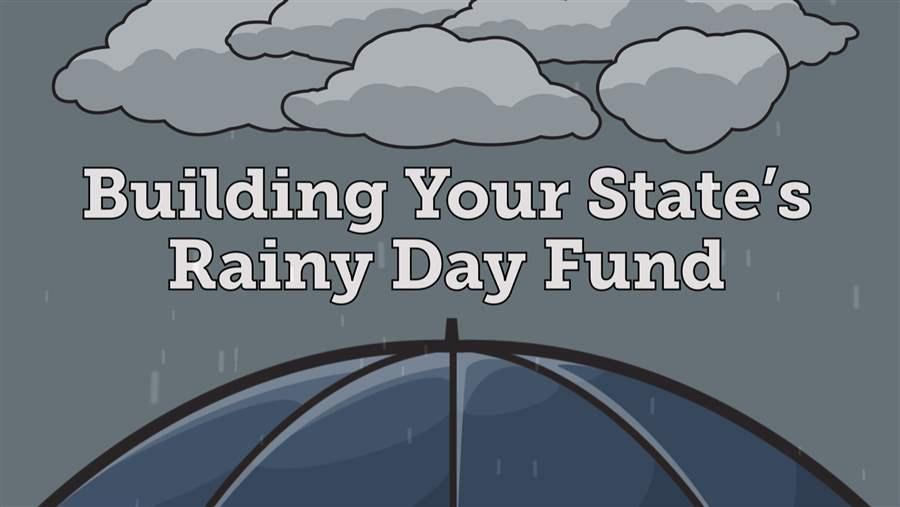New Law Allows Utah to Improve Rainy Day Savings
Utah Governor Gary Herbert (R) signed into law H.B. 333 on March 27. The measure increases the amount of money the state can put into its rainy day funds. These new maximum balances will significantly improve the state’s capacity to save, manage volatility in its revenue collections, and prepare for the next economic downturn.
Sponsored by Representative Dean Sanpei (R-Provo) and Senator Lyle Hillyard (R-Logan), the bill passed out of the House and was approved unanimously by the Senate. The legislation built on H.B. 357, which was passed in 2014 and required the Office of the Legislative Fiscal Analyst (LFA) to provide the Legislature with recommendations for rainy day fund deposit rules that can help manage Utah’s tax revenue volatility. According to research from Pew, Utah has the 12th most volatile tax revenue in the nation, after controlling for policy changes.
Taking into account recommendations from the LFA’s December 2014 Revenue Volatility & Revenue Trend Report, H.B. 333 increases the caps on the General Fund Budget Reserve Account and Education Budget Reserve Account to 9 percent and 11 percent, respectively. Across both funds, the amount Utah could set aside increased from $464.5 million to $550.7 million.
Utah’s Increased Reserve Targets, Before and After H.B. 333
| Fund |
Target before |
Target after |
|
General Fund Budget Reserve Account |
8% ($174.0 million) |
9% ($195.7 million) |
|
Education Budget Reserve Account |
9% ($290.5 million) |
11% ($355.0 million) |
Source: The Pew Charitable Trusts and the Utah State Legislature’s Fiscal Health Dashboard
Utah now follows two of the best practices to build and maintain sufficient savings as identified by Pew: conduct periodic revenue and economic volatility studies to inform rainy day fund policies that can smooth budgets throughout the business cycle, and set fund size targets that match the state’s experience with volatility. The amount of money each state needs to have on hand for downturns depends on its susceptibility to sudden swings. Even when deposits are linked to volatility, a fund cap that is set too low can hinder creation of an adequate financial cushion.
By adhering to these best practices, H.B. 333 confirms Utah’s position as a national leader in saving for its next stretch of rainy days.
Related Work


This video is hosted by YouTube. In order to view it, you must consent to the use of “Marketing Cookies” by updating your preferences in the Cookie Settings link below. View on YouTube
This video is hosted by YouTube. In order to view it, you must consent to the use of “Marketing Cookies” by updating your preferences in the Cookie Settings link below. View on YouTube






